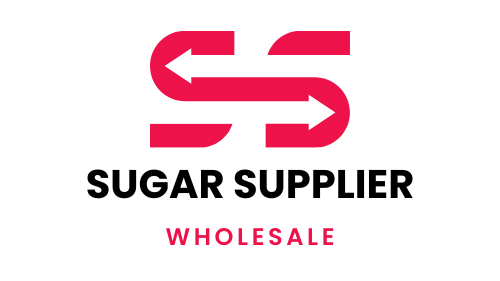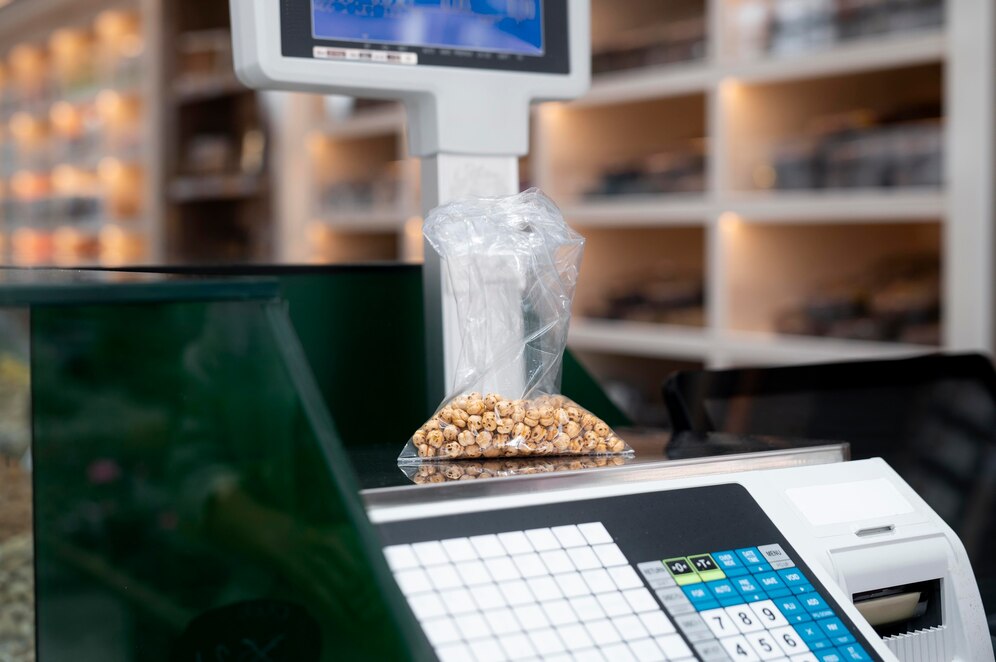Sugar market price fluctuations and supply chain complexities, through effective minimize costs strategies maintain reliability. Large-scale sugar purchases require careful consideration of costs to ensure profitability and efficiency. In this blog post, we will explore various methods and tactics for minimizing costs in large-scale sugar purchases, including cost analysis, budgeting strategies, economic benefits, supplier comparison, and price optimization.
Cost Analysis
Conducting a comprehensive cost analysis is the first step in minimizing costs in large-scale sugar purchases. Businesses should evaluate all relevant cost components, including raw material costs, transportation expenses, storage fees, and administrative overheads. By identifying cost drivers and analyzing cost structures, businesses can pinpoint areas for potential savings and optimization. Furthermore, businesses should consider conducting a total cost of ownership analysis, which takes into account both direct and indirect costs associated with sugar procurement. This holistic approach to cost analysis provides a more accurate picture of the true cost of sugar purchases and enables informed decision-making.
Budgeting Strategies
Effective budgeting is essential for managing costs and maintaining financial stability in large-scale sugar purchases. Businesses should develop realistic budgets that align with their procurement objectives, revenue projections, and risk tolerance levels. Budgeting strategies may include setting cost targets, establishing contingency funds for price fluctuations, and prioritizing cost-saving initiatives. Moreover, businesses should monitor and track actual expenditures against budgeted amounts regularly to identify variances and take corrective actions as needed. By adopting proactive budgeting strategies, businesses can minimize cost overruns and ensure financial accountability in sugar procurement.
Economic Benefits
Minimizing costs in large-scale sugar purchases can yield significant economic benefits for businesses. Cost savings achieved through efficient procurement practices can enhance profitability, improve cash flow, and strengthen competitive positioning in the market. Additionally, lower procurement costs can enable businesses to invest in other areas of operations, such as product innovation, marketing initiatives, and employee development. Furthermore, by reducing reliance on expensive sugar sources and optimizing supply chain logistics, businesses can enhance their resilience to market volatility and mitigate financial risks associated with sugar procurement.
Supplier Comparison
Comparing suppliers is crucial for identifying the most cost-effective options in large-scale sugar purchases. Businesses should evaluate potential suppliers based on factors such as price competitiveness, product quality, reliability, delivery performance, and customer service. Conducting a thorough supplier comparison enables businesses to negotiate favorable terms and secure the best value for their money. Additionally, businesses should consider the long-term implications of supplier relationships, including the potential for strategic partnerships, supply chain collaboration, and mutual growth opportunities. By selecting reliable and cost-effective suppliers, businesses can minimize procurement costs and build sustainable supply chain relationships.
Price Optimization
Price optimization strategies play a key role in minimizing costs in large-scale sugar purchases. Businesses should leverage market intelligence, negotiation tactics, and demand forecasting to optimize prices and achieve favorable purchase terms. Price optimization may involve negotiating volume discounts, exploring alternative sourcing options, and timing purchases to take advantage of market fluctuations. Moreover, businesses should implement pricing analytics tools and methodologies to analyze pricing data, identify pricing trends, and make data-driven pricing decisions. By continuously monitoring market conditions and refining pricing strategies, businesses can maximize cost savings and maintain competitiveness in sugar procurement. To learn more about best practices in global sugar logistics, read our blog post on best practices in global sugar logistics.
Conclusion
In conclusion, minimizing costs in large-scale sugar purchases requires a strategic and proactive approach to procurement management. By conducting thorough cost analysis, implementing effective budgeting strategies, leveraging economic benefits, comparing suppliers, and optimizing prices, businesses can achieve significant cost savings and enhance their competitive advantage in the sugar market. As businesses continue to navigate evolving market dynamics and supply chain challenges, adopting cost-minimization strategies is essential for achieving sustainable profitability and growth in sugar procurement operations.

